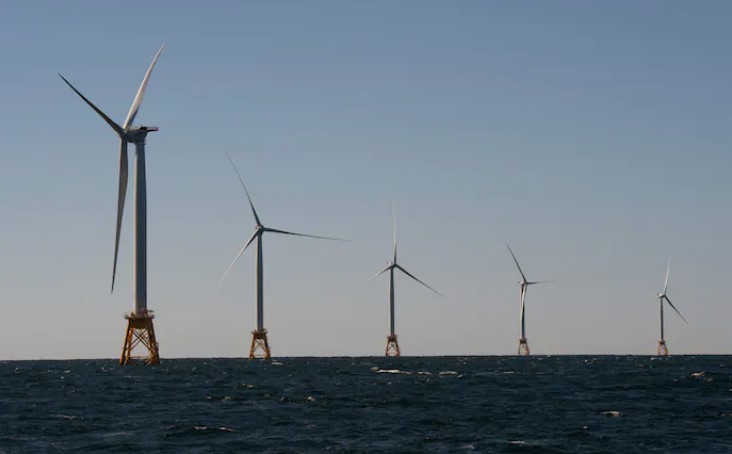Carbon-Capture Project Works: Emissions scrubbed at coal plant


An $8 million pilot project in Wisconsin successfully showed that carbon dioxide can be captured and kept from being released from the smokestacks of coal-fired power plants, We Energies and two partners said Thursday.
The project was the first real-life demonstration of technology that uses chilled ammonia to act as a magnet to capture the greenhouse gas and purify it for possible shipment into underground geological formations instead of into the air.
The Wisconsin project, at the Pleasant Prairie Power Plant, was able to grab at least 90% of the greenhouse gas, officials said, and the French company Alstom that developed the technology is optimistic its next test will capture even more carbon dioxide.
Testing at the Milwaukee electric utility’s power plant has continued since September 2008, the companies said.
The test is scheduled to be completed at the end of this month.
The test results were announced to members of the Society of Environmental Journalists. The group is holding its annual conference in Madison through Sunday.
The technology is one of several being tested by utilities that are seeking ways to continue burning coal from their existing fleet of coal plants as the United States government considers a national plan to slash emissions of greenhouse gases by as much as 83% by 2050.
“One of the biggest challenges facing our industry is the development of cost-effective technology that will allow us to capture carbon from the operation of power plants around the world,” said Gale Klappa, chairman and chief executive of We Energies. “Today, with the success we’re reporting from the research here at Pleasant Prairie, the solution is one step closer to reality.”
The Wisconsin test, sponsored by 37 companies and the Electric Power Research Institute, was designed to test Alstom’s technology on a small scale, involving far less than the total amount carbon dioxide that is sent out the smokestack. Also, because there are no geological formations in Wisconsin suited to storing carbon dioxide, the gas was released back into the air after it was captured.
Still, the Pleasant Prairie test “proved what we needed to know to stay on schedule to commercialize carbon capture technology for new and existing power plants by 2015, a necessary step to meet ambitious climate change targets being proposed by policy makers in the U.S. and around the world,” said Pierre Gauthier, U.S. president of Alstom.
For the remainder of the article by By Thomas Content of the Journal Sentinel, visit here: http://www.jsonline.com/business/63820727.html









